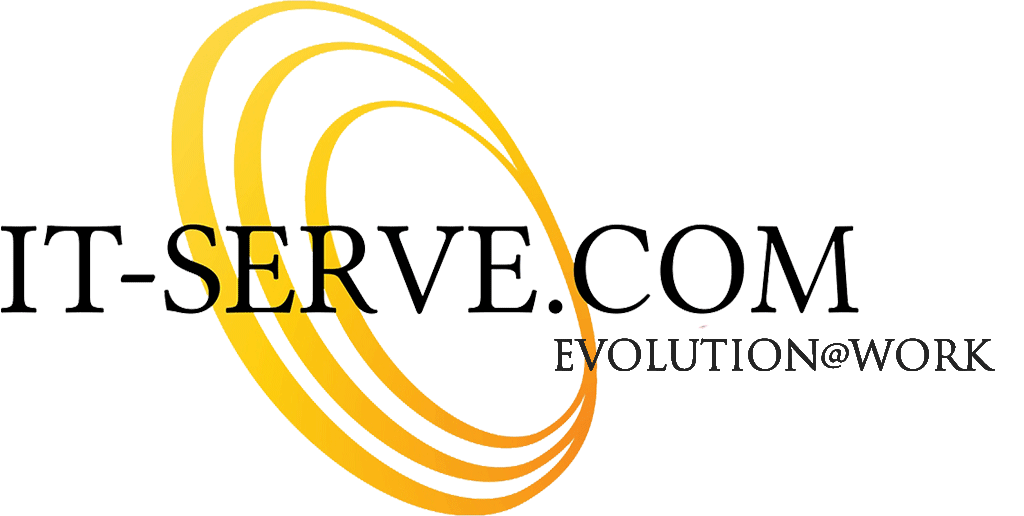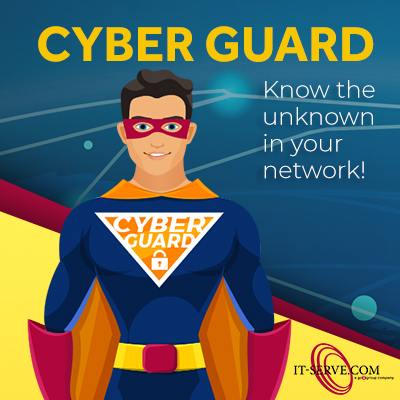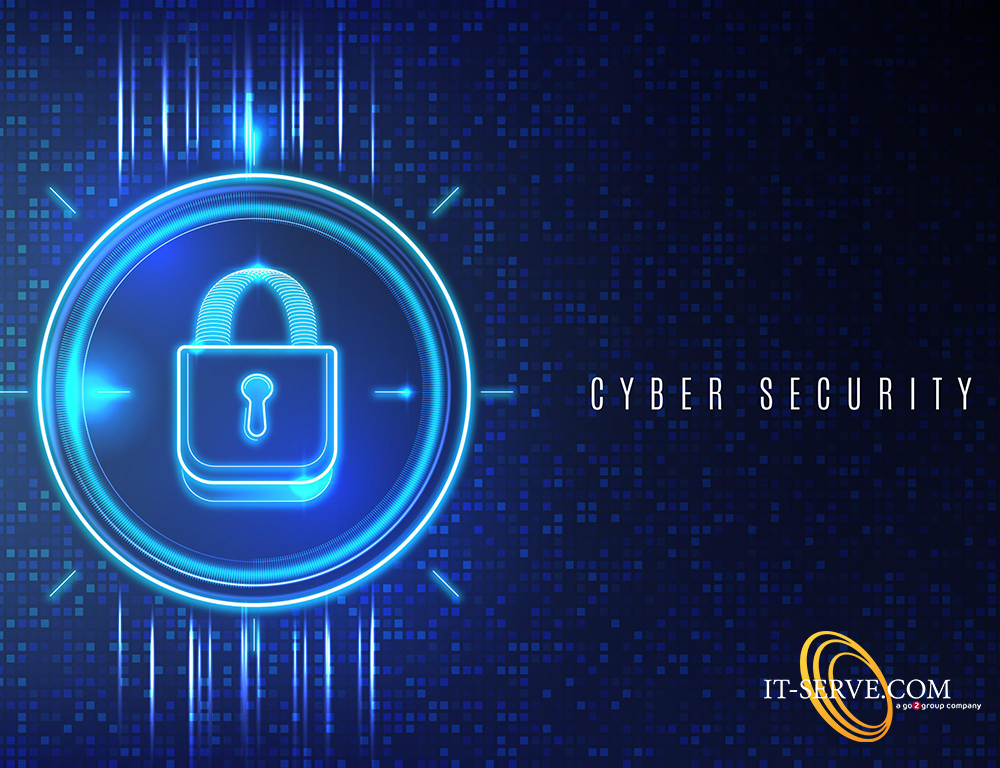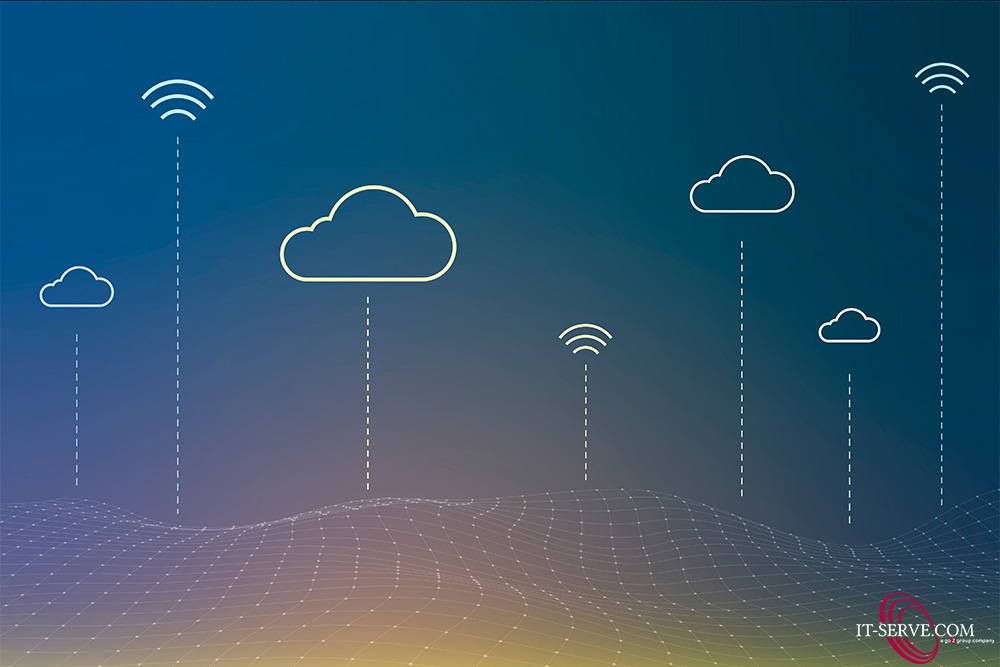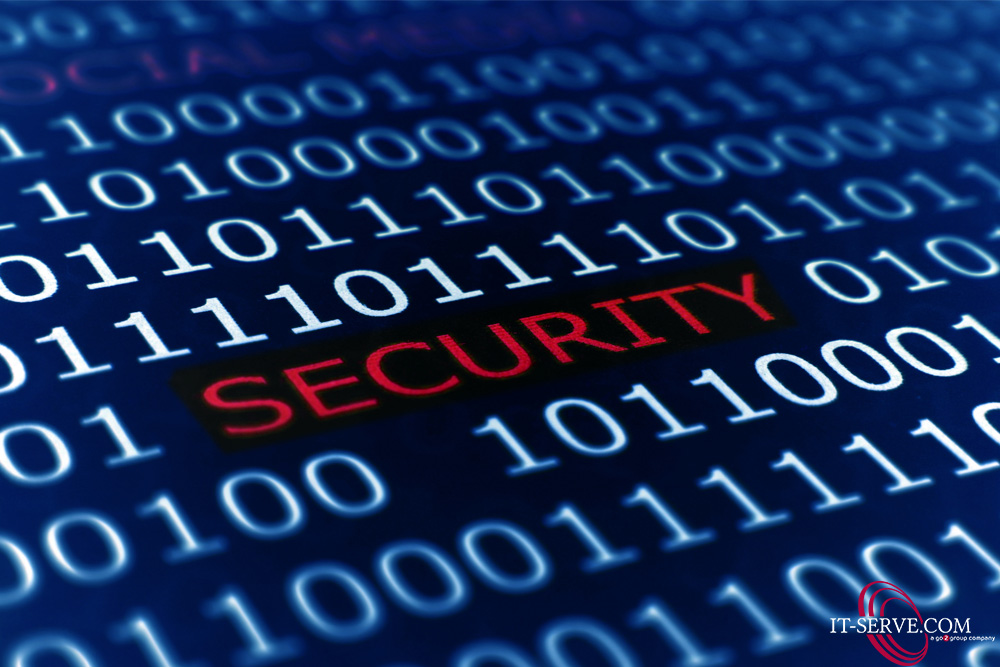
In recent years ransomware attacks have emerged as one of the most prominent and menacing adversaries. These malicious attacks not only disrupt business operations but can also cripple a company financially and damage its reputation. In this blog, we will explore what ransomware attacks are, dissect a few examples, and provide essential tips to help businesses safeguard themselves against this growing threat.
What is Ransomware?
Ransomware is like a sneaky computer-bug that locks up your important files and keeps them away from you until you pay a fee. At its core, the “bad guys” aka the cyber-criminals find tricky ways to get into your computer, and when they're in, they lock up your important stuff so you can't use it. Then they ask for money to give you back access. They usually want the payment in a kind of online money that’s hard to trace. If you don’t pay, it can get really bad. They might even delete your files forever or threaten to share private things about you or your company.
What is Ransomware?
Examples of Ransomware Attacks
WannaCry: In 2017, the WannaCry ransomware attack hit businesses worldwide, exploiting a Windows vulnerability. Thousands of organizations, including the UK's National Health Service (NHS), were affected. The attackers demanded a Bitcoin ransom in exchange for the decryption key.
NotPetya (ExPetr): NotPetya, a 2017 ransomware attack, targeted companies primarily in Ukraine but quickly spread globally. This attack was particularly vicious, as it not only encrypted data but also rendered computers unusable. It cost several organizations millions in recovery expenses.
Ryuk: Ryuk is a highly targeted and sophisticated ransomware strain known for going after big game – major corporations and government entities. This ransomware often demands large sums of money, making it a significant threat to larger businesses.
Maze: Maze ransomware takes a different approach by stealing data before encrypting it. The attackers threaten to release sensitive information unless a ransom is paid. This double-threat tactic can lead to both data loss and potential legal issues.
Sodinokibi/REvil: Sodinokibi, also known as REvil, is notorious for its frequent attacks on managed service providers (MSPs). When an MSP is compromised, it can result in multiple client organizations falling victim to the attack simultaneously.
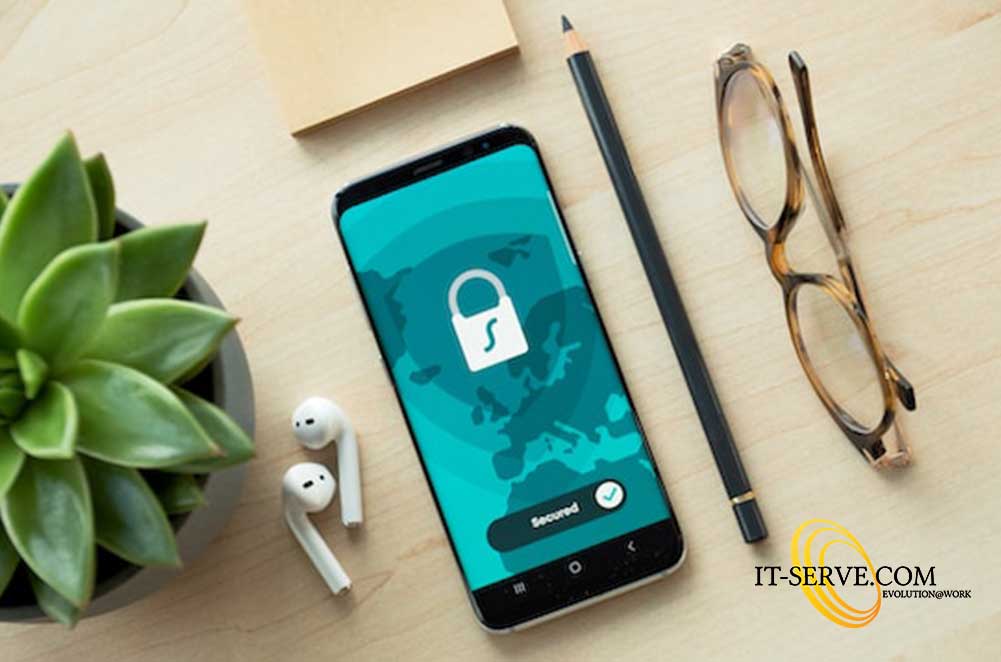
How to Avoid Falling Victim to Ransomware Attacks
- Regular Data Backups: The importance of regular data backups cannot be stressed enough. Ensure that you back up your data and systems frequently, storing backups in a secure, isolated location. This way, you can restore your data without paying a ransom.
- Update and Patch Software: Ransomware often exploits vulnerabilities in software and operating systems. Stay up to date with security patches and software updates to protect against known vulnerabilities.
- Security Awareness Training: Train your employees to recognize phishing emails and suspicious links. Many ransomware attacks start with a seemingly innocent click. Regular training can help prevent this.
- Implement Robust Security Software: Invest in strong antivirus and anti-malware software to detect and prevent ransomware infections. Employ a reliable firewall and intrusion detection system to fortify your network's defences.
- Network Segmentation: Segment your network into isolated compartments, limiting lateral movement for attackers. If one part of your network is compromised, it won't necessarily lead to the entire system being breached.
- Use Multi-Factor Authentication (MFA): Require MFA for accessing critical systems. Even if a password is compromised, MFA adds an extra layer of security, making it harder for attackers to gain access.
- Incident Response Plan: Develop a comprehensive incident response plan. In the unfortunate event of a ransomware attack, having a clear plan in place can minimize damage and downtime.
- Regular Security Audits : Conduct regular security audits and penetration testing to identify vulnerabilities before attackers can exploit them.
- Legal and Compliance Measures: Ensure your organization complies with cybersecurity regulations and legal requirements. This not only protects your data but also your reputation.
All in all, ransomware attacks represent a growing threat to businesses of all sizes. By understanding what ransomware is and taking proactive steps to protect your organization, you can reduce the risk of falling victim to these malicious attacks. Prevention and preparation are key in the ongoing battle against ransomware, so stay informed, stay vigilant, and protect your data from falling into the wrong hands.
